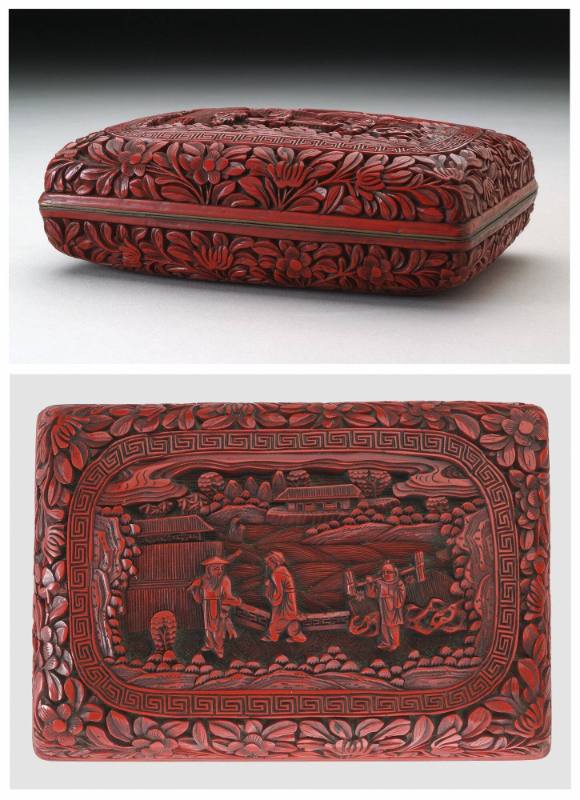
Object Details
Artist
Louis Comfort Tiffany
Date
ca. 1907
Medium
Glass
Dimensions
Height: 11 inches (27.9 cm)
Diameter: 4 inches (10.2 cm)
Credit Line
Edythe de Lorenzi CollectionBequest of Otto de Lorenzi
Object
Number
64.0881
BRIEF DESCRIPTIONThis is a tall Tiffany vase made in the form of a flower. Notice the striated green(…)
BRIEF DESCRIPTIONThis is a tall Tiffany vase made in the form of a flower. Notice the striated green stem and leaves that seem to wrap around the white and orange iridescent bloom forming the bowl of the vase.WHERE WAS IT MADE?Tiffany glass was made at the Tiffany Glass Furnaces in Corona, located in Queens, New York.WHO WAS THE ARTIST?Louis Comfort Tiffany was the eldest son of Charles L. Tiffany, founder of Tiffany & Company, the New York jeweler. Tiffany was trained as a painter, studying with both George Inness and Samuel Coleman in New York and Leon Bailly in Paris. He eventually turned his attention to decorative arts and began experimenting with glass-making techniques in 1875. After success with stained glass windows and mosaics, Tiffany established the Tiffany Glass Company in 1885 and began devoting production to one-of-a-kind blown glass art objects. He soon became one of America’s most prolific designers, providing furniture, wallcoverings, textiles, jewelry and glass to some of society’s most important citizens.HOW WAS IT MADE?The petals are formed of pale gold blown glass that mixes with the green striated glass. This green glass also forms the stem, and has been manipulated to form the foliage on the bottom. The shimmering iridescence of the glass that forms the bud of the vase is a decorative effect achieved by introducing metallic substances into the batch of glass. Ancient glass often has an iridescent appearance caused by the effects of weathering.WHY DOES IT LOOK LIKE THIS?This is an example of one of Tiffany’s floriform vases, resembling a flower. Tiffany believed that nature was the true source of artistic inspiration. He was fascinated by the colors he found in the flowers and plants around him. He tried to incorporate nature into his designs as realistically as possible, even showing flowers and plants in various stages of bloom. You can compare this vase with two other examples of Tiffany floriform vases in the Johnson Museum’s collection by searching for object numbers 64.0836 and 2001.075.003 in the keyword search box.The delicate, organic form of this vase is typical of Tiffany’s Art Nouveau style objects. Art Nouveau, French for “New Art,” refers to an artistic style that was developed in Europe in the 1880s, and remained enormously popular into the first decade of the 20th century. It is characterized by whiplash curves, organic imagery and sinuous lines. The name Art Nouveau came from the Paris shop of Siegfried Bing that opened in 1895, quickly popularizing the works of artists like Louis Comfort Tiffany, whose work became synonymous with (or symbolic of) the American Art Nouveau style.












